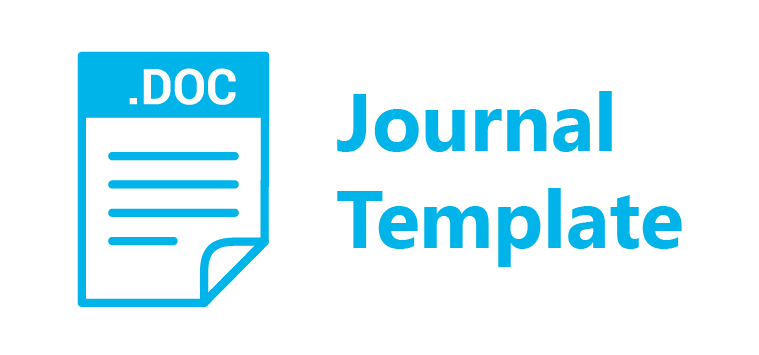Resistance to Organizational Change: A Case of Yemen National Oil and Gas Sector
DOI:
https://doi.org/10.35806/ijoced.v1i1.31Keywords:
Organizational Change Communication, Trust in Management, Employee Participation, Resistance to Change, Yemen, Oil, GasAbstract
The purpose of this study was to evaluate barriers in understanding different sets of culture, which can arise in an organization. This study was also done to comprehend how resistance can be managed or reduced by discussing the significance of effective communication between management and employees. Trust in management and employee participation during the process of managing changes in National Oil and Gas Company was also identified. We conducted a case study as an investigative tool. In terms of the research site, we focused on one of the national oil and gas companies to highlight some of the issues and outcomes of recent management change. To collect data, questionnaires were distributed within the company. Bivariate correlation analysis and regression analysis were then used to test the proposed hypotheses. The results empirically showed that there are several parameters involving resistance to organizational changes. These parameters can be classified as communication between management and employees, trust in management, and employee participation. These parameters gave a positive impact as employee participation has the highest impact of the three examined factors.
References
Aamer, A. M. (2015). Manufacturing in Yemen: Challenges and Obstacles. Journal of Aca-demic Research in Economics, 7(1), 119-142.
Berg, M. (2001). Implementing information systems in health care organizations: myths and challenges. International journal of medical informatics, 64(2-3), 143-156.
Bovey, W. H., & Hede, A. (2001). Resistance to organizational change: the role of cognitive and affective processes. Leadership and Organization Development Journal, 22(8), 372-382.
Davis, T., & Landa, M.J. (1999). The Trust Deficit, Canadian Manager, 24(1): 10–27
Glynn, M. A., & Abzug, R. (2002). Institutionalizing identity: Symbolic isomorphism and or-ganizational names. Academy of Management Journal, 45(1), 267-280.
Hoffman, A. J. (1999). Institutional evolution and change: Environmentalism and the US chemical industry. Academy of Management Journal, 42(4), 351-371.
Huber, G. P. (1990). A theory of the effects of advanced information technologies on organi-zational design, intelligence, and decision making. Academy of Management Review, 15(1), 47-71.
Husain, Z. (2013). Effective communication brings successful organizational change. The Business & Management Review, 3(2), 43-53.
Lines, R. (2004). Influence of participation in strategic change: resistance, organizational commitment and change goal achievement. Journal of Change Management, 4(3), 193-215.
Martin, A. J., Jones, E. S., & Callan, V. J. (2006). Status differences in employee adjustment during organizational change. Journal of Managerial Psychology, 21(2), 145-162.
Ronen, S., & Shenkar, O. (1985). Clustering countries on attitudinal dimensions: A review and synthesis. Academy of Management Review, 10(3), 435-454.
Tahir, L., Abdullah, T., Ali, F., & Daud, K. (2014). Academics transformational leadership: an investigation of heads of department leadership behaviours in Malaysian public uni-versities. Educational Studies, 40(5), 473-495.
Verbong, G., & Geels, F. (2007). The ongoing energy transition: lessons from a socio-technical, multi-level analysis of the Dutch electricity system (1960–2004). Energy pol-icy, 35(2), 1025-1037.
Vithessonthi, C., & Schwaninger, M. (2008). Job motivation and self-confidence for learning and development as predictors of support for change. Journal of Organisational Trans-formation & Social Change, 5(2), 141-157.
Willemyns, M., Gallois, C., & Callan, V. (2003). Trust me, I'm your boss: Trust and power in supervisor–supervisee communication. International Journal of Human Resource Management, 14(1), 117-127.


















